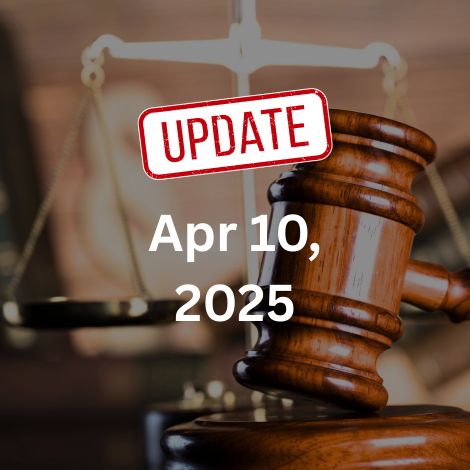
On March 25, 2025, the Controller General of Patents, Designs, and Trademarks (CGPDTM) released the Draft Guidelines for Examination of Computer-Related Inventions (CRI), 2025 (Draft 2025 Guidelines) for public consultation, inviting stakeholders and the larger public to submit their suggestions by April 15, 2025.
Section 3(k) of the Indian Patents Act, 1970, excludes mathematical or business methods or computer programme per se or algorithms from patentability. The currently available “Guidelines for Examination of Computer-Related Inventions (CRI), 2017, (2017 Guidelines) were published after lengthy deliberations between the Indian Patent Office (IPO) and the stakeholders over nearly four years. The 2017 Guidelines have helped streamline the examination of CRIs in a significant manner.
In the last few years, several judicial precedents interpreting the scope of Section 3(k) have been established. The Draft 2025 Guidelines seem to further refine the 2017 Guidelines by including references to these important precedents and provide further clarity.
What is New in the Draft 2025 Guidelines
Reliance on case laws
The Draft 2025 Guidelines include excerpts from landmark case laws such as – Microsoft Technology Licensing, LLC v The Assistant Controller of Patents and Designs and Ferid Allani v Union of India & Ors to guide how CRIs can qualify as patentable subject matter under the Patents Act. Several other cases have been included to highlight the importance of evaluating the claims based on whether they involve a “technical effect” and/or “technical contribution”.
Examples of “technical effect” or “technical contribution”
The 2017 Guidelines clarified that the focus should be on the technical nature of the invention while ascertaining the patentability of the CRI. The Draft 2025 Guidelines provide specific examples of the “technical effect” and/or “technical contribution”, drawing references from the cited judicial precedents. The following non-exhaustive examples have been included:
- Higher speed;
- Reduced hard disk/memory access time;
- Better control of the robotic arm;
- Improved reception/transmission of a radio/electromagnetic/
communication signal; - Real-time monitoring and control of devices leading to technical solution(s) to a technical problem;
- Security enhancement in computer networks/systems; and
- Efficient image processing/signal processing to solve a technical problem.
Advice on drafting CRIs
The Draft 2025 Guidelines provide a detailed list to comply with the “sufficiency of disclosure” requirement for technologies pertaining to artificial intelligence (AI), blockchain, machine learning, Internet-of-things (IoT), big data, quantum computing, etc.
Examples of patentable and non-patentable claims
The Draft Guidelines also provide a few examples of patentable and non-patentable claims of CRIs.
What Remains Unchanged:
No requirement to show novel hardware
The Draft 2025 Guidelines reaffirm that the requirement of novel hardware to overcome Section 3(k) lacks legal basis in the Patents Act. Furthermore, the test should be on how the claimed CRI enhances the functionality of a general-purpose computer that would implement the claimed invention.
The substance of the invention is more important than the form of the invention
- Patentability of CRIs is to be determined based on the overall substance of the invention and not merely the wordings used in the claim that appear non-patentable; and
- Regarding the terms “mathematical method”, “business method”, “algorithm”, and “computer programme per se”, the Draft 2025 Guidelines reaffirm the 2017 Guidelines on the aspect of the evaluation of the patentability of claims involving such terms.

